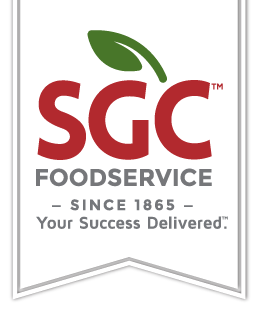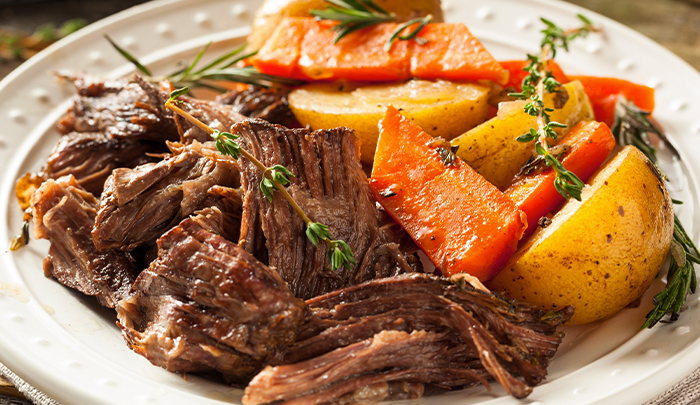Comfort food never went out of style. But amid the demands of busy schedules, increased media access to stressful news, and a general rise in American anxiety levels, it is more popular than ever.
Comfort foods were highlighted in the National Restaurant Association’s Culinary Forecast this year. Everyone is looking for comfort. Often times, they’re finding it on their plates.
According to Technomic’s Comfort Foods Consumer Study, 40% of consumers order comfort food to satisfy a craving, while 25% of customers see comfort food as a way to connect or socialize. Psychological research makes it easy to understand both urges. CNN recently reported on a study that showed that hormones in our stomachs appear to communicate directly with our brains, independent of any feelings we have about a particular food.
Nostalgia can also impact comfort food orders. Customers associate certain dishes with what they ate growing up or food they enjoyed during celebrations or positive life experiences. Returning to those dishes can provide not just emotional comfort but also trigger physical cues that link smells, textures, and tastes with pleasure generating channels of the brain. Comfort foods shouldn’t be reserved for cold weather, sad days or stressed-out occasions. In fact, in a recent study, nearly 40% of participants chose comfort food when they were having a great day or celebrating their birthdays.
Comfort food used to be featured in the fall and winter. The seasonal trend has expanded, though, to feature comfort food on restaurant menus and retail shelves all year long. Menu items that can strike a balance between health and indulgence may have the ultimate edge—customers are often walking a tightrope between what is good for them physically and what satisfies them emotionally.
As comfort food dominates in popularity, food service operators are bringing it to life in different ways. Modern twists on iconic dishes like meatloaf, grilled cheese, chocolate chip cookies, and roasts are featured in fast casual and fine dining alike. Ditto regional specialties like chicken and waffles (Southern), tacos (Southwestern), and even casseroles (Midwestern), a dish typically more likely to be found at church potlucks than restaurant menus.
The definition of comfort food varies across nationalities, of course. As Americans become more ethnically diverse, the definition of comfort food expands to include options from a wide range of cultures and nationalities. It’s become common for Pierogis, a polish dumpling, or Pho, a Vietnamese noodle soup, along with curries from around the world, to carry the same emotional connection once reserved for more standard fare.
“Whatever comfort food means to the customer, that’s what restaurants ought to deliver.” said SGC Chef Curtis Adams. “It’s a safe bet to assume that things that are creamy, warm, and satisfying will probably deliver. Experiment across different cuisines and flavor profiles to find what sells best for you. And when in doubt, don’t be afraid to ask customers what they want. The best part of comfort food is the memories it evokes.”

